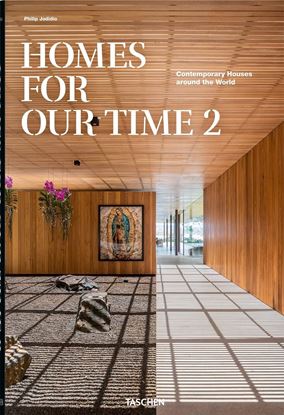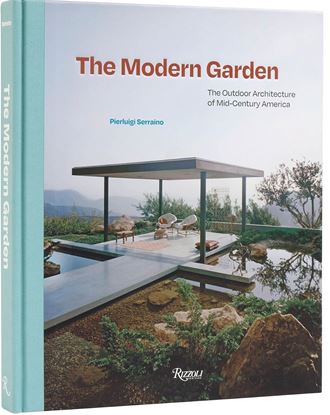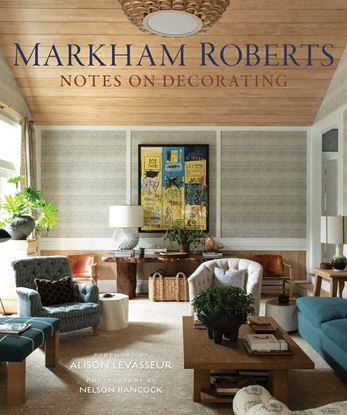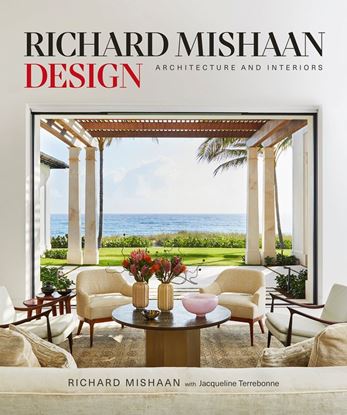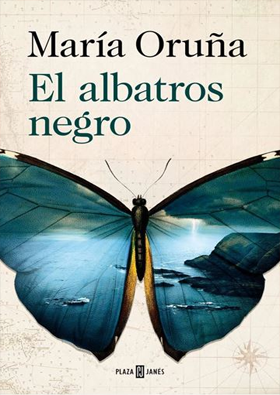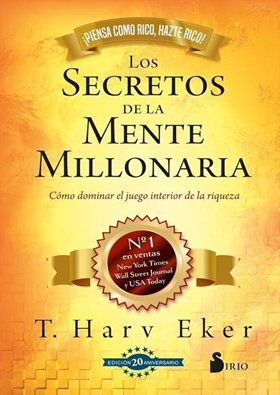

NOVEDADES
ANDY WARHOL AND FRIENDS
In 1965, Steve Schapiro started documenting Andy Warhol for LIFE magazine: Warhol was cementing a reputation as an important Pop artist who drew his inspiration from popular culture and commercial objects. With his sunglasses, blond wig, and bland public utterances, Warhol was enigmatic, charismatic, intensely ambitious, and aware that to become a star, you needed the presence of people to document your ascent. Schapiro, also ambitious and hardworking, who in his own words “kept quiet and smiled a lot,” was an ideal witness to Warhol’s relentless rise from cult New York artist to 20th-century icon. Ironically, LIFE never published the story, so many of these images are seen here for the first time, scanned from negatives found deep in Schapiro’s archive.
4,995
HOMES FOR OUR TIME VOL.2 (XX) (INT)
In Sri Lanka, Palinda Kannangara created the Frame Holiday Structure on a budget of $ 40,000. Built from steel scaffolding, exposed brick, and wood floors, the house can be easily disassembled and moved, adapting to the reality of the nearby floodplain. Luciano Lerner Basso’s Fortunata House in Brazil accommodates the surrounding nature: it was built around a tree of an endangered species and sits upon stilts so as not to disturb the forest floor. Miller Hull’s Loom House near Seattle has been called “the world’s most environmentally ambitious home renovation” because of its reliance on recycled materials and its efficient energy use.
4,995
THE MODERN GARDEN
The treasures of mid-century American architecture have long been celebrated. Less appreciated has been the landscape design that provides the framing for these masterworks. But more than frame, landscape architecture is an art worthy of the spotlight, particularly at mid-century, when the notion that “gardens are outdoor spaces for people to live in” was championed and brought to the fore; now gardens and landscapes are not just external attributes to the house but a continuation of it and its living spaces in a relationship of symbiosis, with its pools and terraces, its winding lawns, and its partly enclosed room-like spaces flanked by brick or stone or plantings in a range of colors and forms.
4,900
MARKHAM ROBERTS NOTES ON DECORATING
Markham Roberts is renowned for his boundless creativity and ability to work in a wide range of styles. In this, his second book, he examines his working method, identifying the key elements of a project and explaining how he addresses them. He begins with his top priority: taking into account his clients’ point of view by interpreting their needs and reflecting their style. Other elements include establishing a sense of place, layering and embellishing to make spaces more personal and interesting, acknowledging the need for practicality in materials, and doing the unexpected, from upholstering walls to mixing disparate materials and styles of furniture. Throughout, specially commissioned photographs illustrate his solutions to the challenges each of these elements poses. He concludes the book with a chapter on a single project that encompasses all of the elements.
4,800
PIETRO CICOGNANI ARCHITECTURE AND DESIGN
For 30 years, Italian-born Pietro Cicognani has been designing highly customized and exquisitely crafted country houses, city apartments, outbuildings, pool houses, and even garden plans for an A-list clientele. In the first monograph of his work, some 20 of his notable projects are featured, including a converted barn complex on Long Island, a sprawling estate in upstate New York, a chic minimalist town house in Manhattan, and a romantic seaside house and elaborate garden in the Hamptons. Whether new construction or gut renovation, each project is designed in collaboration with the finest artisans, craftspeople, and exceptional interior designers. Illustrated with photographs by Francesco Lagnese, as well as site and floor plans and drawings, the book includes a foreword by Isabella Rossellini, whose country home Cicognani designed.
4,800
RICHARD MISHAAN DESIGN ARCHITECTURE
Richard Mishaan is renowned for his masterly integration of textiles, palettes rich in complementary shades, natural materials forged by artisans, surfaces bedecked with talismanic curios, a strategic sense of when and where to place a mirror, and a deep knowledge of both the fine and decorative arts. His many influences, including his upbringing in Colombia, coupled with his idiosyncratic perspective, explain why his sophisticated clientele return repeatedly as their lives evolve.
In Richard Mishaan Design, his working methods are revealed in projects as varied as the conversion of a 400-year-old barn in the Hamptons into a warm, inviting family home and the transformation of an ultra-modern, glass-walled New York City apartment into a comfortable yet sophisticated aerie. Here too are show houses, which he uses as experimental laboratories, working out such diverse design ideas as updating legendary designer Renzo Mongiardino’s aesthetic and achieving a chic look on a tight budget. He has also designed rooms in bespoke hotels, ranging from the Rat Pack–influenced Shelborne South Beach in Miami to the Tcherassi, a renovated 250-year-old mansion in Cartagena, Colombia.
4,800



